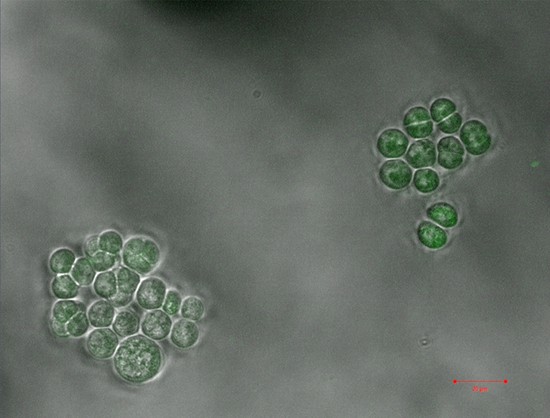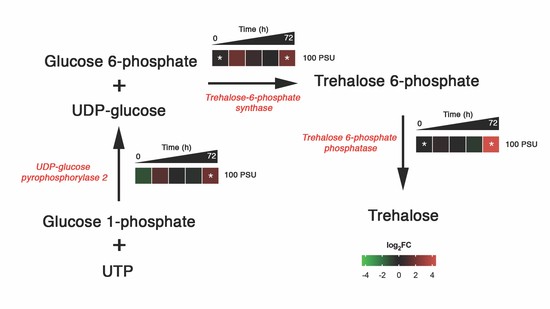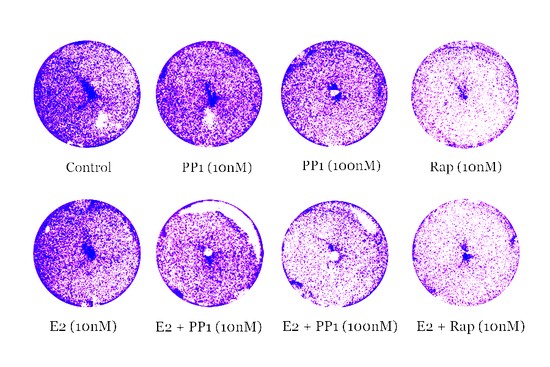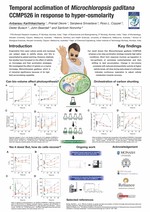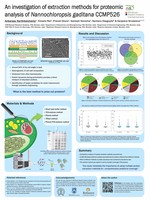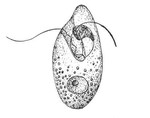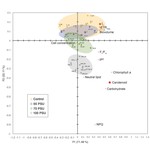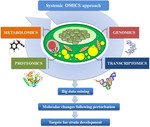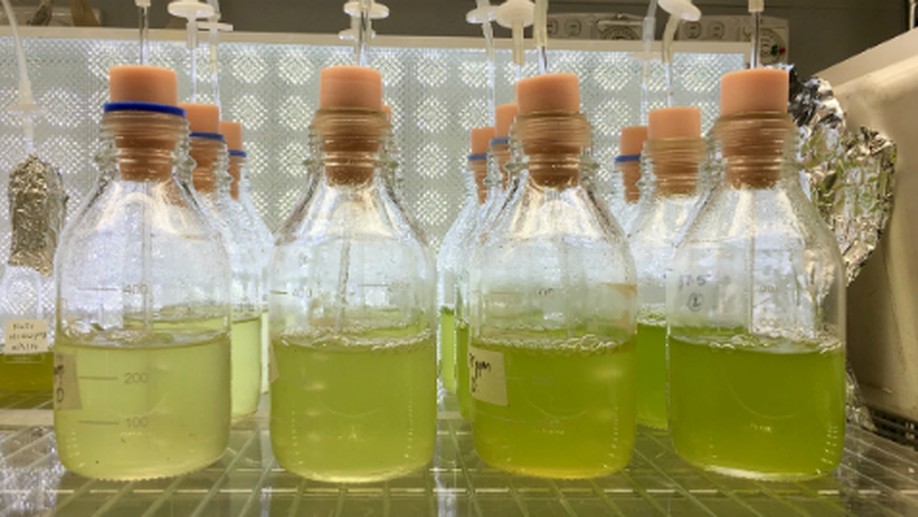Hi!
Anbarasu (Anbu) is a postdoc at the School of Marine and Atmospheric Sciences (SoMAS), Stony Brook University, New York. Anbu graduated from IITB-Monash Research Academy. In his Ph.D., Anbu studied the adaptation mechanisms of Microchloropsis gaditana under hyper-saline conditions using high-throughput OMICS techniques, such as proteomics and RNA-seq. Currently, he works with Prof. Jackie Collier (SoMAS) and Joshua Rest (Ecology and Evolution) on developing genetic tools for a wide taxonomic breadth of Labyrinthulomycetes (marine protists). Anbu is a semi-professional photographer, and a die-hard fan of Arsenal FC.
Interests
- Microbial Stress Response
- Marine Biotechnology
- Molecular toolkits
- Transcriptomics and Proteomics
- Photography
Education
-
PhD in Microalgal Stress Response, 2019
IITB-Monash Research Academy
-
MTech in Biopharmaceutical Technology, 2013
Anna University, Chennai, India
-
BTech in Biotechnology, 2011
Mepco Schlenk Engineering College, Sivakasi, India
